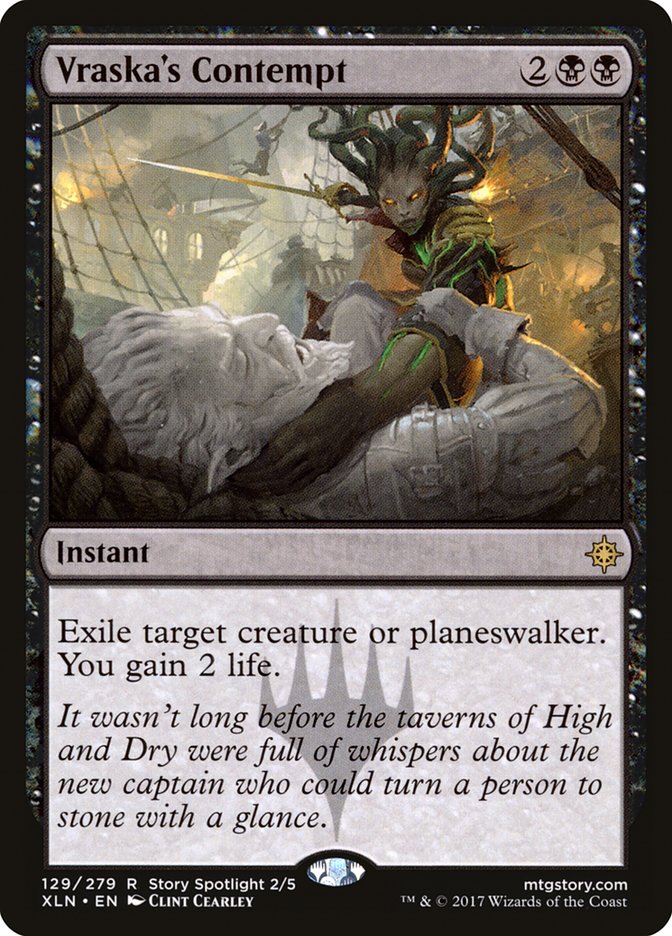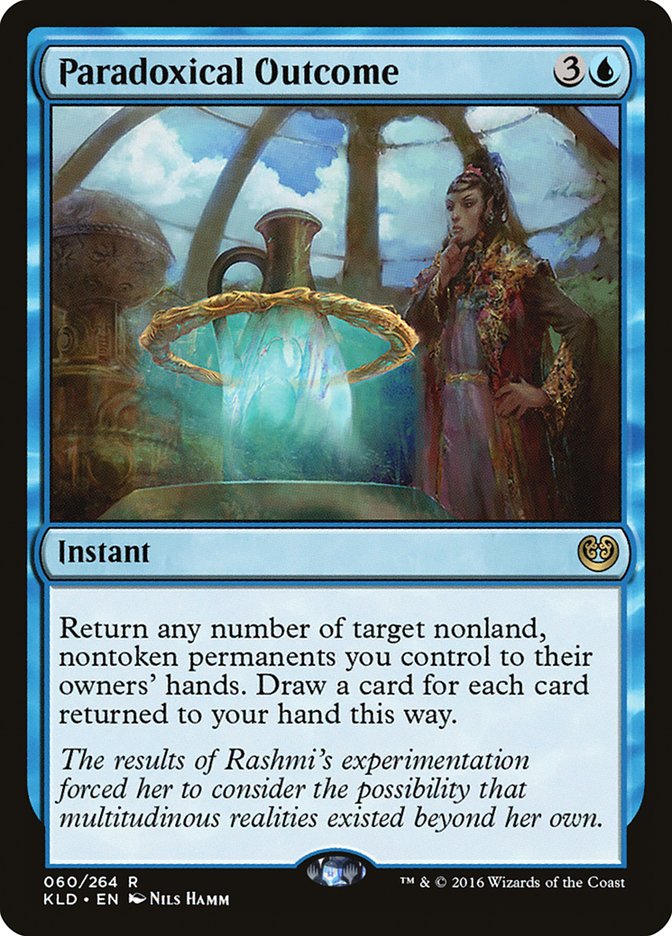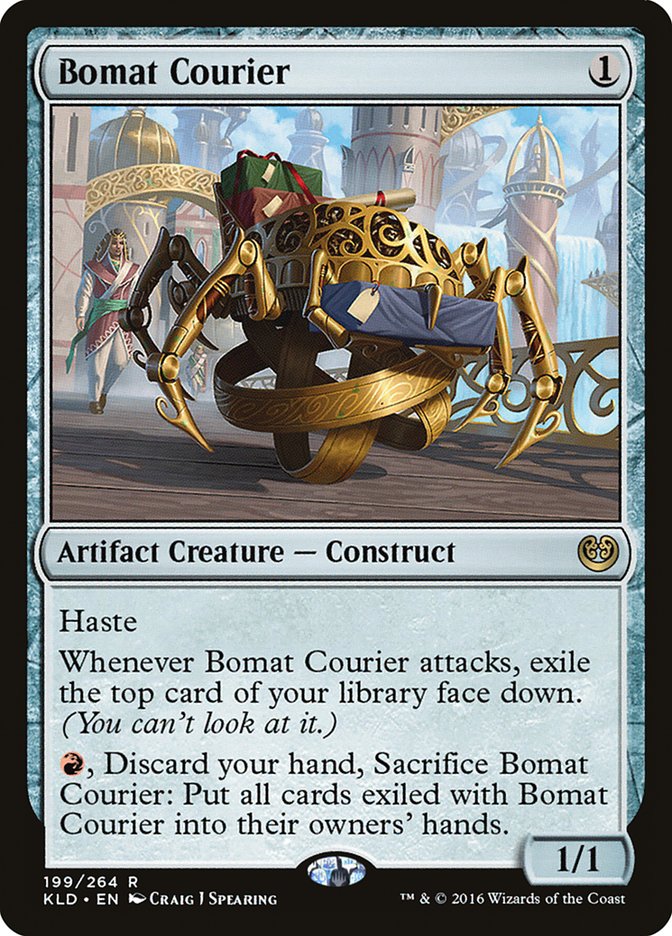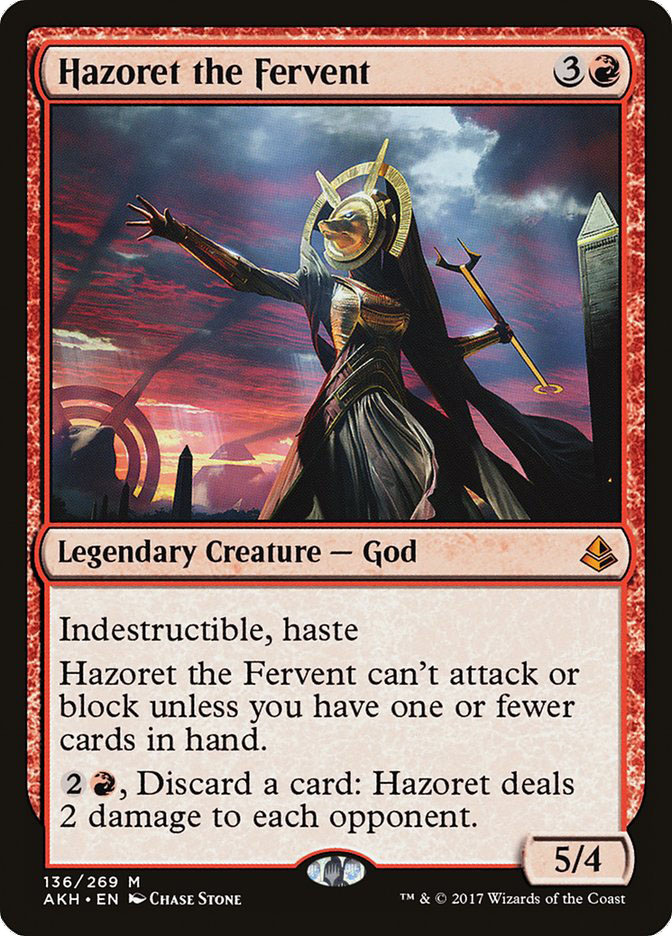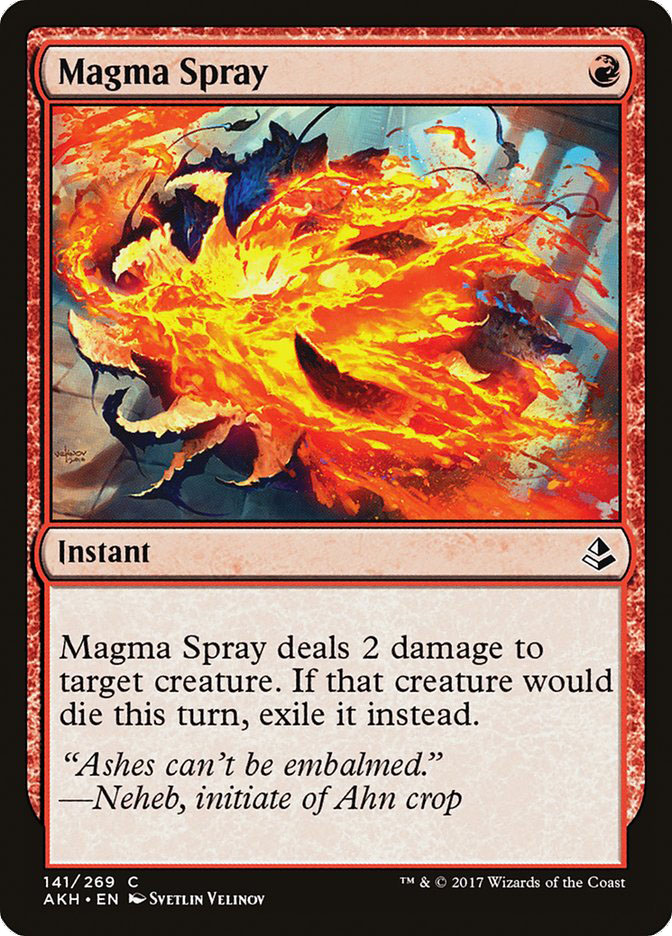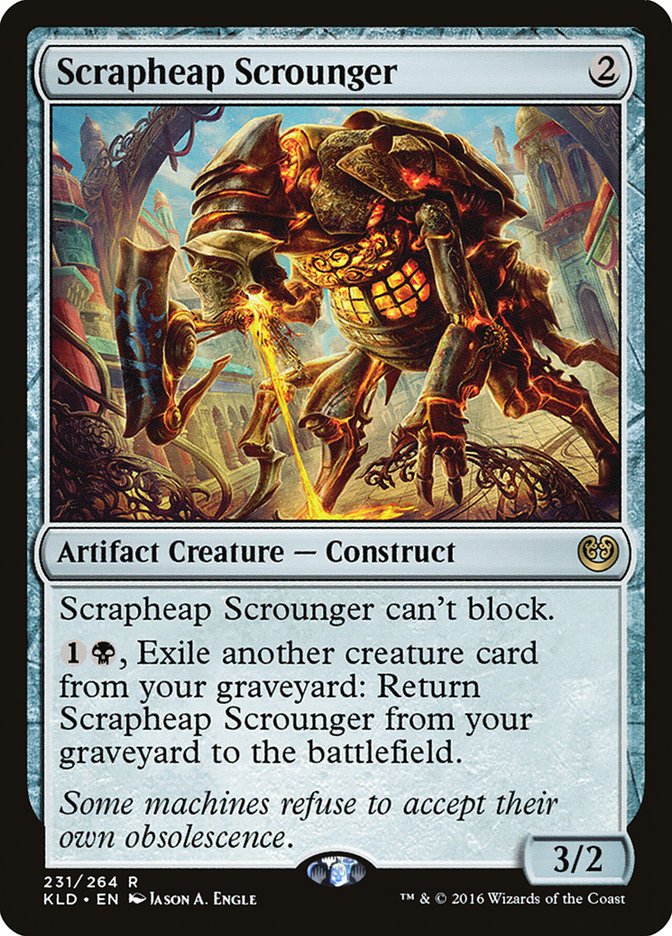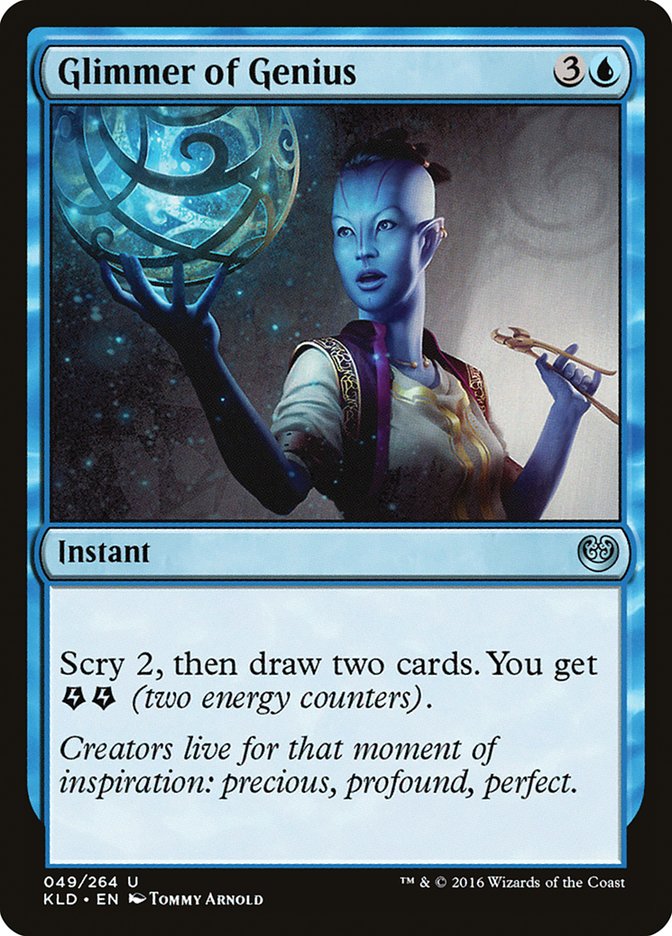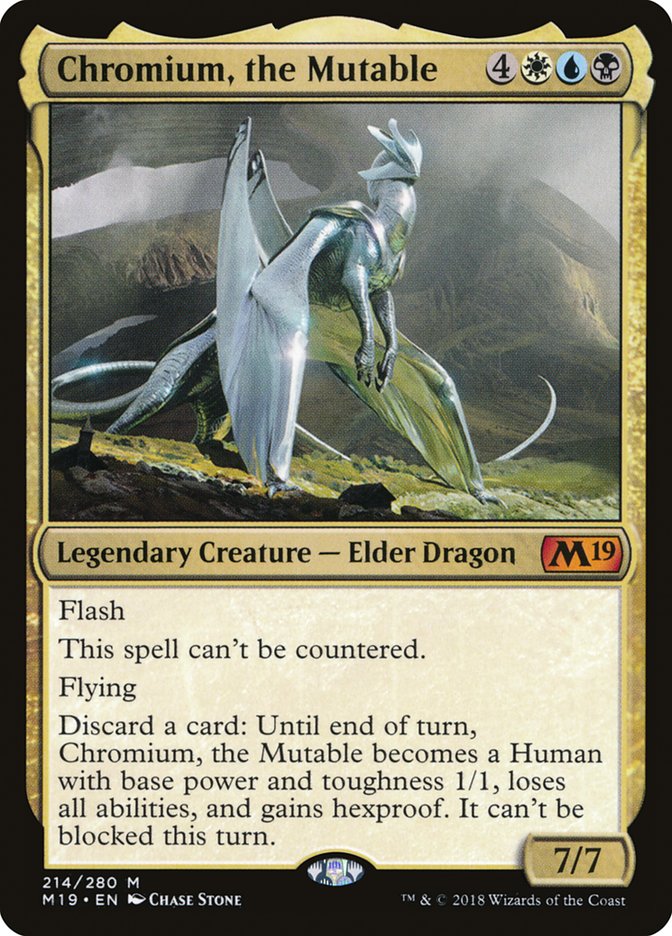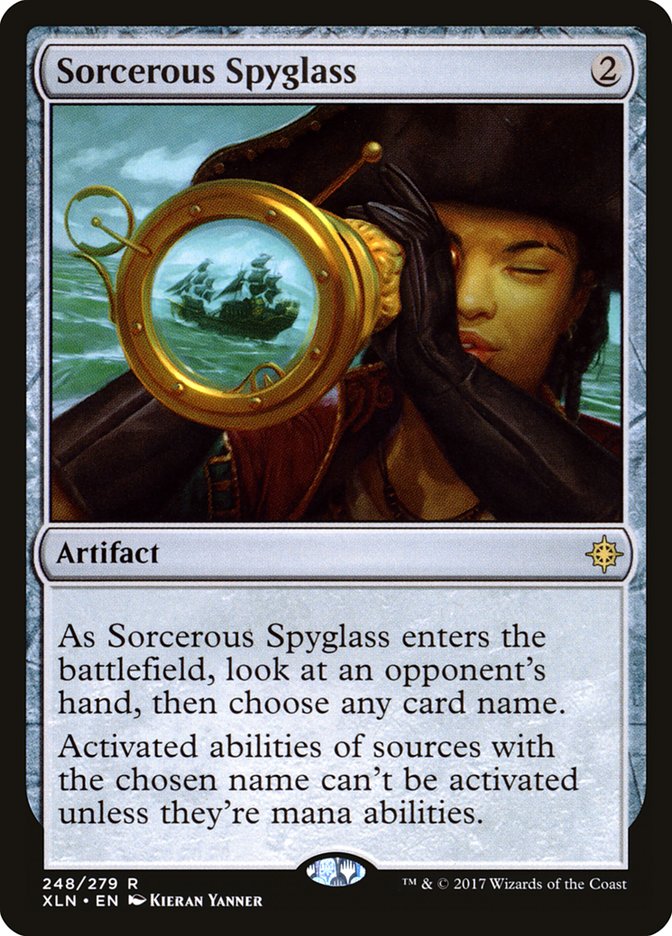I was pumped to write another piece about Standard, how I thought the format was evolving, and what deck(s) I recommend moving forward, especially after first-time Grand Prix competitor Giordano Fagiolo took my suggested Mostly Mono-Red Aggro list to a second-place finish at Grand Prix Brussels and Gabriel Joglar used a U/W Approach list almost identical to the one I played at Pro Tour Dominaria to hoist the trophy in Orlando. Giordano even messaged me personally to thank me for my content and helping him accomplish something he set out to do.
That was before stumbling on Bryan Gottlieb’s most recent article, “Stop Trusting Top 8s.”
It was an excellent piece about basic metagame theory and how you may not be valuing the information correctly before making decisions that will impact your future tournaments. If you haven’t read it yet, please take a moment to do so, as I will use what he wrote as a jumping-off point for today’s discussion.
Brian’s piece from this past Monday opened my eyes to the fact that I hadn’t yet explained an essential part of my metagame preparation. No malicious omittance ever occurred, just an innocent case of knowledge projection: thinking you know what I already do. It’s something I’ve struggled with my whole life, and continues on even though my imposter syndrome has long been dealt with.
Brian’s article helped dredge up a concept that had been stuck in my subconscious for some time now: Attack Top 8s and block Top 32s.
Build your maindecks to protect against the blunt end of the metagame (R/B Aggro) and target the rising shifts in the metagame with scalpel-like sideboard cards. The premise is simple enough in theory, but oftentimes convoluted in practice. In general, it’s a basic tool to know where to begin metagame preparations but in no way dictates where the process takes you.
As Brian stated, the Top 8s from both Grand Prix tell a different story from that of the Top 32s. They’re even noticeably different from the announced Day 1 metagames and the Day 2 metagame breakdowns. Everything pointed towards R/B Aggro continuing to dominate Standard…until we reached the elimination rounds, which told a completely different story. In the end, it looked as if Vraska’s Contempt was the story of the weekend, as Esper Control, B/U Midrange, and Grixis Midrange stole the show.
Within every event is a main plot, which reaches a climax at the Top 8, and multiple subplots. Sometimes these subplots are also within the Top 8, but generally they make up the event’s Top 32. In this case, the key subplot is that R/B Aggro continues to make up much of the metagame, but the main story is that a subset of decks can dethrone that which whirls chains.
If we only focused on the Top 8, we would look towards attacking controlling strategies. Cards like Arguel’s Blood Fast; Chromium, the Mutable; Sorcerous Spyglass, Jace’s Defeat, and Field of Ruin all begin to look much better, as these cards allow one to gain advantage in the Vraska’s Contempt “mirrors.” If these Top 8s were all we cared about, our metagaming approach would become inbred and vulnerable. First we must block the Top 32, which means stopping red decks from easily exploiting our ambitious metagaming.
Ambitious metagaming is when one tends to go overboard in reacting to information. Mono-Blue Paradoxical Outcome, for example, has proven to be a bust. Enough of the game’s greatest minds put stock into this deck for us to draw conclusions, and we watched as it didn’t live up to the hype. In fact, only one copy of the deck found its way into the best-finishing lists from this past weekend.
One could justify continuing to play of this deck by only looking at the Top 8 results, as the deck does do well against control, midrange, and Mono-Red Aggro, but it struggles against R/B Aggro, given how many answers R/B Aggro has to Sai, Master Thopterist and Construct tokens. Since very little R/B Aggro found its way into the Top 8, one could justify this choice if only the Top 8 mattered, but R/B Aggro was the most played deck at both GPs.
Blocking the Top 32, in this instance, would involve playing one of the decks that made Top 8. Funnily enough, it’s as simple as that. The reason for that has to do with how stretched R/B Aggro is currently. The deck needs many specific cards to help fend off the diverse strategies that have lived through the release of Goblin Chainwhirler.
- Insult // Injury to increase one’s chances against Bant Nexus.
- Cut // Ribbons helps out when staring down a Steel-Leaf Champion.
- Duress is a necessity against U/W Control, but not something you want to max out on against Esper Control, Grixis Midrange, or Mono-Blue Paradoxical Outcome.
- Hour of Glory is a nice addition for an opposing Rekindling Phoenix, Hazoret the Fervent, or The Scarab God, but can be too slow against other strategies.
- It’s also difficult to pinpoint exactly what four-drop base you want to end up on, as different combinations are stronger against different decks.
Right now, it’s difficult to build the perfect R/B Aggro list to play, and that’s why we saw other decks leap ahead of it on the final standings, as the deck was simply stretched too thin while being heavily targeted.
Remaking R/B Aggro
Let’s apply today’s theory to R/B Aggro itself. If I were to play the deck this weekend, I would heavily defend against the mirror, and that means I’d want to maximize my maindeck for the mirror first and foremost. That could mean removing Bomat Courier completely from the deck, but losing out on early drops reduces your chances against matchups where Bomat Courier is fantastic. It also lowers your chances of having a strong Hazoret the Fervent draw; Hazoret is the best card in the red mirrors, but only when you’re able to attack with it.
Another card I’ve become extremely happy with is maindeck Magma Spray. Magma Spray looks like it would be worse than Chandra’s Defeat in the mirror, but that’s not always the case. For one, it exiles Scrapheap Scrounger, a card that can run away with a game all by itself. Magma Spray also makes it much easier to finish off Rekindling Phoenix when it blocks a Ragavan token from Kari Zev, Skyship Raider, an interaction that happens more than one would think.
All-in-all, it’s not going to make that much of a difference, but I’m leaning towards Magma Spray right now to get an edge in the mirror, especially when I’ve cut down to one Soul-Scar Mage (which makes a lot of sense when you think about it, because it really isn’t that good in the current Standard metagame).
Creatures (24)
- 2 Pia Nalaar
- 4 Bomat Courier
- 4 Scrapheap Scrounger
- 2 Kari Zev, Skyship Raider
- 2 Glorybringer
- 2 Hazoret the Fervent
- 1 Soul-Scar Mage
- 3 Rekindling Phoenix
- 4 Goblin Chainwhirler
Planeswalkers (2)
Lands (25)
Spells (9)

The concept is simple: I want to respect Bant Nexus without sacrificing slots for it. The best compromise to do this is to include more targeted hate in the sideboard for it and other control decks. Sorcerous Spyglass is rarely seen in R/B Aggro, yet deserves the slots now that Teferi, Hero of Dominaria has found its way into so many threatening matchups. Further, Bant Nexus will most likely adapt to Insult // Injury by playing cards like Negate or Settle the Wreckage for their key turns.
One thing you’ll notice is that I’ve given up on having ample dedicated removal for Mono-Green Aggro. The deck was poised to be popular at Pro Tour 25th Anniversary, but it’s becoming a much worse choice as time passes. Mono-Green can exploit strategies like Esper Control and B/U Midrange, but Esper is not that popular, even if it did just win a Grand Prix.
The deck will certainly gain in popularity, but I’m unsure the metagame will ripen enough for Mono-Green to be a good choice. After all, a part of me still believes that the strategy isn’t as good as the world once thought it may be, and it’s certainly not a consistent enough deck for me to consider picking up.
No matter how much you want to prepare for control as the R/B Aggro player, you’ll never find a combination of cards that will get the Esper Control matchup above 50%. Luckily, you’re playing Scrapheap Scrounger, the most powerful card in Standard, so your win percentage against the deck will never be abysmal, but the matchup is rough.
That’s mainly why we saw Esper Control do so well this past weekend, but the story won’t end there. Esper Control is a very good deck when all it must worry about is U/W Control and R/B Aggro. The whole thing falls apart when the deck is forced to fight against midrange decks like B/U Midrange and Grixis Midrange. These strategies can be difficult for Esper Control, especially after sideboarding, as they have leaner tools to fight control mirrors.
In fact, the main reason why B/U Midrange got popular again was due to the deck’s ability to exploit both control and R/B Midrange. The matches are grueling, and often B/U Midrange needs to win back-to-back sideboard games against control to win the match, but it’s doable. So much so, in fact, that I’d expect a resurgence this weekend.
That puts Esper Control in a predicament. The deck’s biggest strength is in its ability to exploit an extremely narrow metagame of red decks (via Vraska’s Contempt) and control decks (via Glimmer of Genius). Will this weekend facilitate that? I’m not sure, but I at least know what my list looks like right now.
Creatures (4)
Planeswalkers (3)
Lands (27)
Spells (26)

When Guillaume Wafo-Tapa speaks about control, you listen. You don’t have to do everything he says (see: his trademark pair of Hieroglyphic Illumination), as the man loves drawing cards more than anyone else on the planet, but most of the time his ideas are great. I believe it’s a perfect time to play Hieroglyphic Illumination in Esper Control, as controlling strategies are becoming more popular.
In fact, anyone who plays zero copies of Cast Down immediately has my attention.
Two copies of Chromium, the Mutable might be excessive, but as I said, it’s a control player’s world right now, so it’s reasonable to come a bit overprepared. This does impact the sideboard negatively when it comes to interacting with other decks, but it’s a sacrifice I’m willing to make. I may change my tune after I play more against B/U Midrange, but for now I’m satisfied with this mix of spells.
Sorcerous Spyglass is a strong card to have in the sideboard for Esper Control, even though it will most likely only be naming Karn, Scion of Urza; Chandra, Torch of Defiance; or Arguel’s Blood Fast. Chandra numbers in R/B Aggro are at their highest right now and I don’t have too many cards to sideboard in that matchup anyway. Here’s my suggested sideboarding plan.
Out:
In:
I like trimming on Teferi, Hero of Dominaria now that R/B Aggro may include Sorcerous Spyglass. Don’t want to die to my own suggestions!
These aren’t the only two decks out there, but I do think they have the highest chance of success, and at least they have the highest chance for success if you came here for a decklist! B/U Midrange or Grixis Midrange may also be fine choices for the weekend, but I have yet to put much time into either strategy. I will be doing so soon, though, as Worlds is coming up fast and I will be doing everything in my power to have the best deck in the room. The Peach Garden Oath embarrassed me last year with their take on Temur Energy, and I really don’t want another repeat performance.
What deck do you think’s is best-positioned for this weekend? Do you agree with my decklists? Let me know and I’ll do my best to respond!


